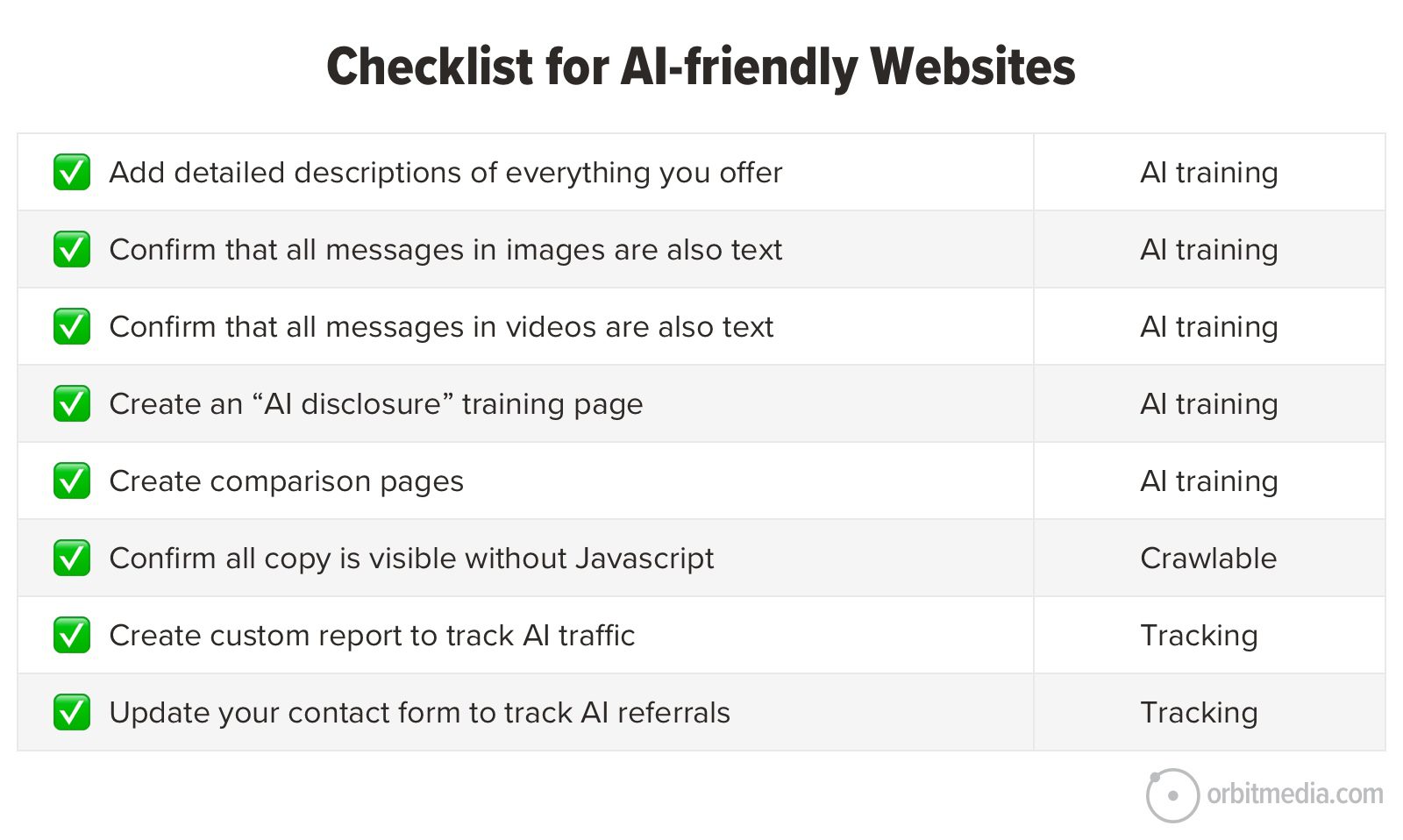How to Supercharge Your Crisis Training
John Holcroft/Ikon Images Crises now hit organizations hard, fast, and in ways that few leaders see coming. When cybersecurity company CrowdStrike released a faulty update to its software in 2024, it triggered a massive global outage that crashed 8.5 million Microsoft Windows systems. In 2021, a container ship blocked the Suez Canal, halting nearly $10 […]

John Holcroft/Ikon Images

Crises now hit organizations hard, fast, and in ways that few leaders see coming. When cybersecurity company CrowdStrike released a faulty update to its software in 2024, it triggered a massive global outage that crashed 8.5 million Microsoft Windows systems. In 2021, a container ship blocked the Suez Canal, halting nearly $10 billion in global trade per day and exposing critical vulnerabilities in supply chains. And in 2020, the COVID-19 pandemic threw the world into turmoil overnight, disrupting economies, industries, and daily life on an unprecedented scale.
Factors driving disruptive crises like these include rapid technology advances, cyberthreats, climate disruptions, geopolitical tensions, and societal polarization. In this environment, leaders need to make decisions under extreme pressure and adapt quickly. Most crisis training, however, does not prepare them for that.
Traditional crisis simulations help organizations rehearse for anticipated disruptions by stress-testing existing protocols and team coordination. While these exercises can validate response plans, they assume that risks can be predicted or controlled. That makes sense for creating contingency measures for hurricanes or industrial accidents, for example. But what happens when a crisis emerges that doesn’t have a playbook that leaders can follow?
Organizations must evolve their crisis simulations to expose leaders to cascading failures, ambiguous threats, ethical dilemmas, and high-pressure decision-making challenges. These “supercharged” simulations cultivate critical leadership capabilities, such as agility and situational awareness, to improve both individual and organizational resilience.
As unpredictable events become more complex and interconnected, leaders should embrace a new paradigm of crisis preparedness. By supercharging crisis simulations, organizations can equip their leaders with the skills and mindset needed to navigate uncertainty, mitigate risks, and drive effective responses. Let’s explore why your organization should take this approach, and how to design supercharged simulations.
Why Adaptability Matters More Now
The most disruptive crises often stem from “unknown unknowns” — events so unprecedented or complex that they defy established protocols and prior experience. Unlike “known unknowns,” which are risks we know we don’t fully understand, unknown unknowns are challenges we did not even know could exist. Such events could include the sudden collapse of a stable government or company, an AI-driven market disruption, a cascading series of supply chain failures triggered by infrastructure breakdowns, or the launch of a new technology that leads to unforeseen consequences.
Take, for example, the 2008 Lehman Brothers collapse, or the sudden buckling of Silicon Valley Bank (SVB) in 2023, which blindsided the financial and tech sectors. Within 48 hours, a bank run drained billions of dollars in SVB deposits as panic spread across startups and venture capital firms. The crisis escalated so rapidly that regulators had to intervene over the weekend that followed to prevent broader financial contagion. SVB’s downfall underscored that localized shocks can have widespread consequences, forcing executives to make split-second decisions with incomplete information and little precedent to guide them.
Modern crises fall into what the Cynefin framework defines as either complex or chaotic domains — two distinct categories in which cause and effect become increasingly difficult to determine. In the complex domain, cause and effect are understood only in hindsight, while in the chaotic domain, no clear relationship between cause and effect exists. Chaotic crises require immediate action to restore order. Supercharged simulations train executives to operate effectively in both complex and chaotic environments, unlike traditional crisis simulations, which prepare leaders to address problems that are complicated but solvable.
Studies on decision-making under stress show that high-pressure situations can disrupt rational, deliberative thinking, which in turn can cause individuals to rely on automatic and intuitive decision-making patterns. In such situations, cognitive performance also declines, impairing memory and increasing the likelihood of rash decisions; meanwhile, stress can exacerbate cognitive biases, potentially leading to irrational or suboptimal choices. Stress also reduces cognitive reflection and disrupts information processing, which leads to reactive rather than strategic decisions.
These challenges reinforce the need for leaders to develop cognitive resilience to counteract stress-induced biases and make sound decisions.
Supercharged crisis simulations focus on real-time leadership adaptability. This approach contrasts with other crisis management preparedness methods, such as red teaming, which sharpens adversarial thinking; war-gaming, which focuses on strategic conflict management; or stress-testing, where system resilience under pressure is evaluated.
The following comparison chart highlights the key differences between traditional crisis simulations and supercharged simulations. Executive training using the latter equips leaders with the adaptability and decision-making skills needed to navigate unpredictable crises.
Who Needs Supercharged Simulations
Traditional crisis preparedness relies on predefined response plans, but unpredictable crises call for leaders who can pivot dynamically rather than follow preestablished protocols. Organizations should embed adaptability into their leadership development efforts and fully integrate crisis simulations into leadership training.
These simulations expose executives to pressure, shifting scenarios, and disruptions. Combining live, high-intensity exercises with AI-driven scenario modeling enhances both realism and scalability. While AI models provide insights, only live exercises replicate the human interaction, psychological intensity, and team dynamics that define leadership under stress.
Supercharged simulations should involve not only C-suite executives but also midlevel managers and cross-functional teams drawn from the finance, legal, operations, and technology departments. Effective crisis preparedness requires companies to break down organizational silos, foster collaboration, and prevent fragmented decision-making.
Finally, measurement and continuous improvement are essential. Each simulation should conclude with a structured debriefing where leaders analyze decisions, identify blind spots, and assess their response to uncertainty. Tracking each leader’s adaptability, decision speed, and strategic choices ensures that crisis readiness evolves over time. The goal is not to prepare for specific scenarios but to build the capacity to navigate the unknown.
10 Ways to Supercharge Your Crisis Simulations
Supercharged simulations are most effective when they challenge leaders with dynamic situations that test their adaptability and decision agility. These 10 elements provide a framework for designing simulations that prepare executives for the unpredictable.
1. Introduce a converging crisis scenario. Introduce a second, interconnected crisis that amplifies the complexity of the initial disruption, forcing leaders to navigate multiple high-stakes threats at once. One such scenario: While the company is responding to a cyberattack that is crippling its IT infrastructure, an AI-driven trading algorithm malfunctions, triggering erratic financial transactions and liquidity risks. This type of simulation challenges leaders to prioritize resources, coordinate across teams, and make decisions under mounting pressure.
2. Inject leadership disruption. Simulate the sudden absence of a key executive or decision maker due to illness, death, resignation, or external pressures. Teams will need to reorganize leadership structures, delegate authority, and maintain continuity. This will expose gaps in succession planning and empower midlevel managers to take initiative.
3. Deploy an ambiguous threat. Present an ambiguous threat, such as unverified intelligence about a security risk or unclear data on a spreading health issue. This scenario challenges leaders to analyze incomplete information, balance risks, and decide when to act, all while maintaining control and preventing unnecessary panic.
4. Delay resources. Simulate scenarios in which critical resources, such as personnel, equipment, and funding, are delayed or exhausted. This challenges executives to reallocate assets, develop new contingency plans or alternative partnerships, and maintain operations under constrained circumstances.
5. Introduce unpredictable escalation. Begin with a minor issue, such as a software bug in an AI system or a small cyber intrusion, and escalate it into a full-scale crisis. Imagine, for example, that an AI-powered customer service bot is spreading false information, which triggers regulatory scrutiny, while a routine system update locks out global users, halting operations. This type of scenario sharpens leaders’ ability to detect early warning signs, make rapid decisions, and adapt as crises spiral beyond expectations.
6. Trigger cascading failures. Challenge leaders with disruptions in one area (IT systems, for example) that trigger broader impacts, such as supply chain interruptions or communication breakdowns. By identifying systemic vulnerabilities in real time, executives develop the ability to anticipate ripple effects and implement cross-functional resilience strategies.
7. Insert regulatory and legal uncertainty. Simulate sudden regulatory changes, unanticipated legal disputes, or unexpected compliance challenges that will force leaders to navigate uncertain legal terrain under crisis conditions. Imagine, for example, a regulatory agency enacting a new data privacy law overnight that restricts critical operations, or an agency escalating a government investigation unexpectedly, triggering financial and reputational risks. These scenarios test executives’ ability to interpret legal constraints, adapt business strategies, and manage regulatory relations under pressure.
8. Introduce misinformation and disinformation. Introduce a scenario in which false or misleading information is spreading rapidly and influencing stakeholders, employees, or the public. This could involve a viral social media post falsely implicating the company in an ethical scandal or deepfake content undermining trust in leadership during a crisis. Leaders will need to quickly verify facts, counteract misinformation, and maintain credibility while making decisions in real time.
9. Incorporate fragmented and incomplete data. Challenge participants with scenarios in which they receive only fragmented or contradictory information. This will require them to make decisions with limited information, foster analytical thinking, and develop confidence in managing uncertainty.
10. Integrate ethical dilemmas. Introduce ethical challenges, such as balancing public safety with confidentiality or managing financial interests and social responsibility. These scenarios enhance ethical reasoning and replicate moral conflicts that arise in complex crises.
To illustrate the types of scenarios that supercharged simulations can prepare leaders for, consider an example that begins with a localized IT system failure at a global logistics company’s key distribution hub. This failure temporarily halts all operations in the region. As teams attempt to resolve the issue, the situation escalates: A cyberattack targets the company’s customer-facing platform, preventing clients from tracking shipments. Regulatory challenges emerge in the form of customs delays and conflicting requirements across countries, which is further compounded by miscommunication between international offices. Adding to the complexity, a key regional manager unexpectedly becomes unavailable, forcing midlevel leaders to take charge of the response. Finally, the team faces an ethical dilemma: whether to prioritize shipments of medical supplies rather than meeting contractual obligations for nonessential goods, which could strain customer relationships.
That type of complex scenario requires leaders to adapt in the moment. Companies in all industries should be creating scenarios that help build leaders’ adaptation skills.
There is no playbook for navigating the unknown. Today’s crises escalate unpredictably and challenge conventional frameworks. Leaders who rely solely on predefined response plans risk paralysis at the worst possible moment. The time to prepare is before the crisis hits. Organizations that embed supercharged simulations into executive training will not only respond faster and more wisely in crises but also gain a strategic edge in an increasingly unpredictable world.



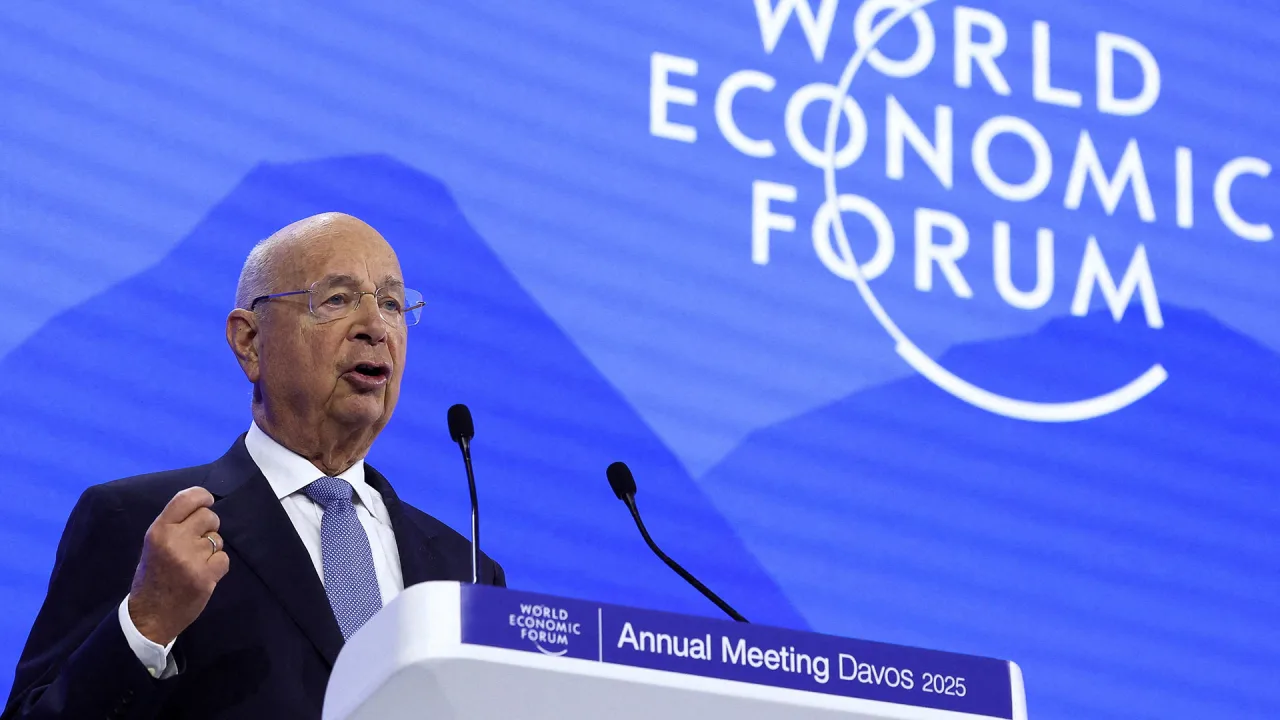

























































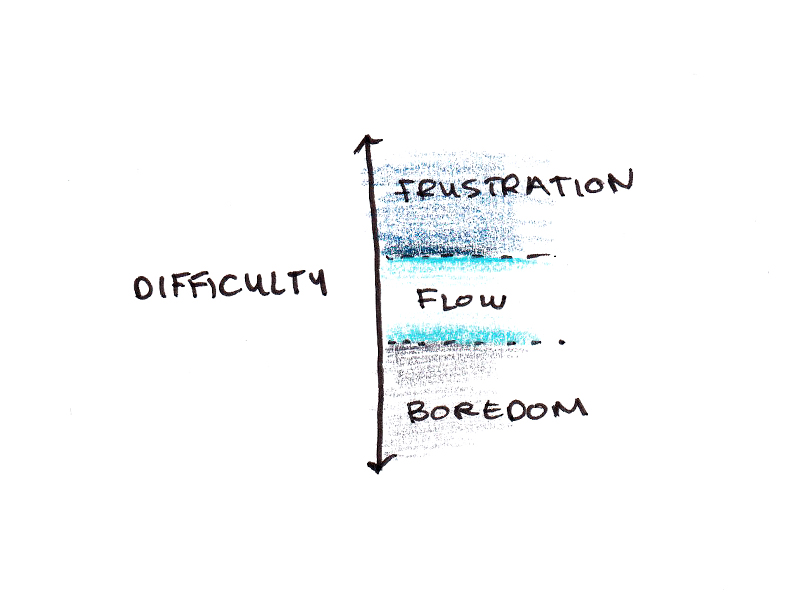

















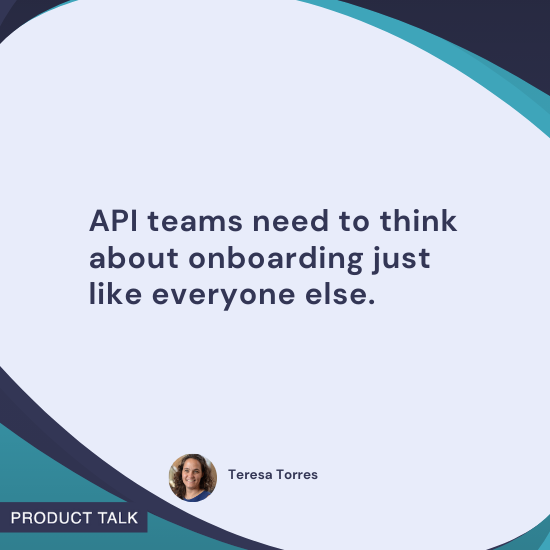


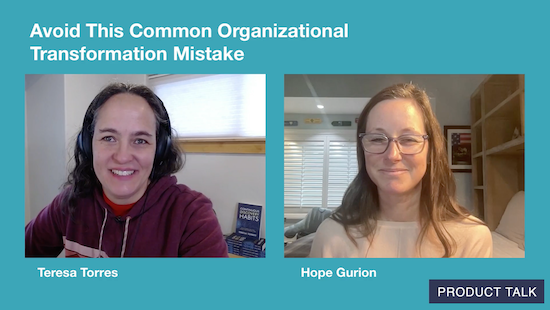



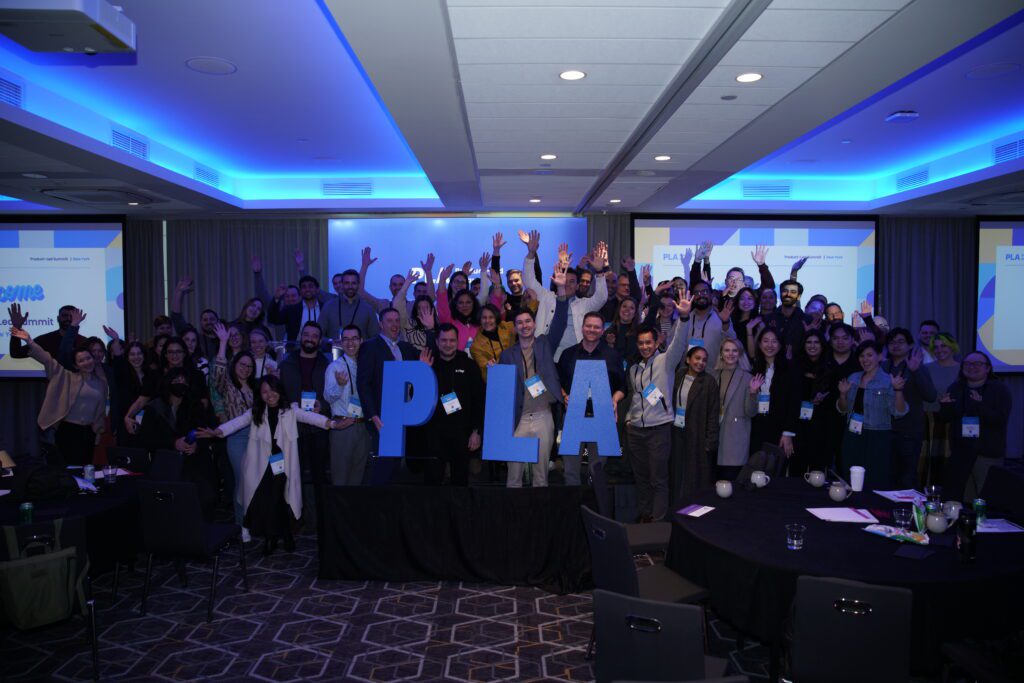











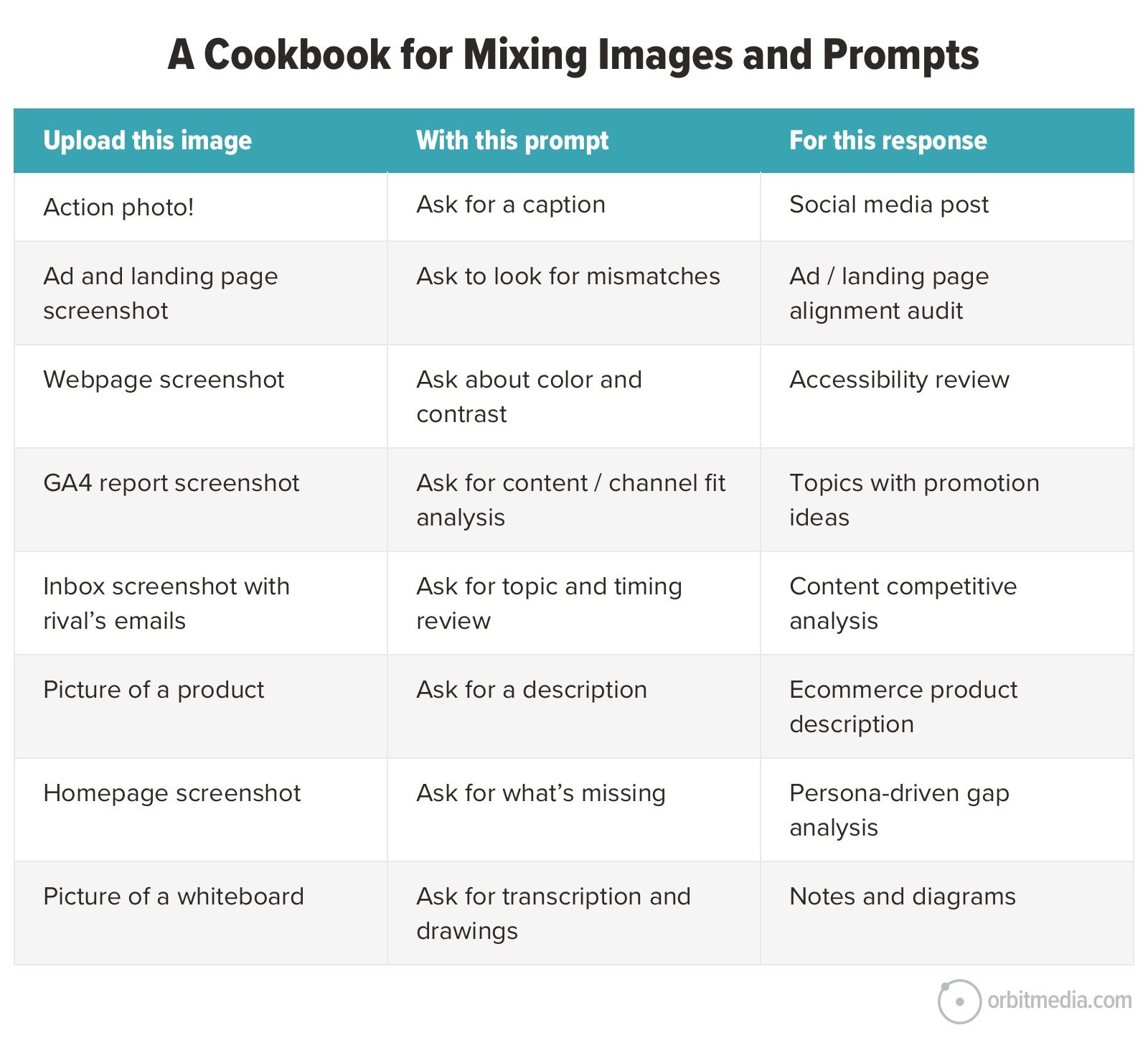
![Building A Digital PR Strategy: 10 Essential Steps for Beginners [With Examples]](https://buzzsumo.com/wp-content/uploads/2023/09/Building-A-Digital-PR-Strategy-10-Essential-Steps-for-Beginners-With-Examples-bblog-masthead.jpg)





![How One Brand Solved the Marketing Attribution Puzzle [Video]](https://contentmarketinginstitute.com/wp-content/uploads/2025/03/marketing-attribution-model-600x338.png?#)




